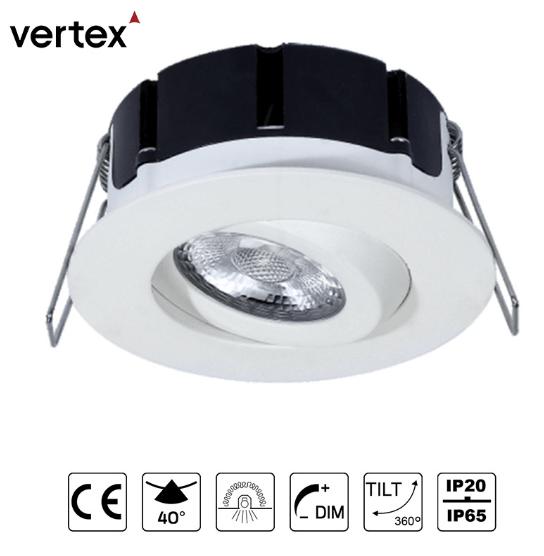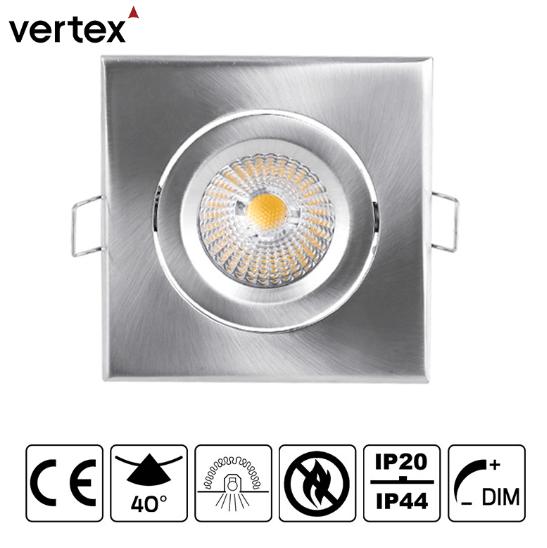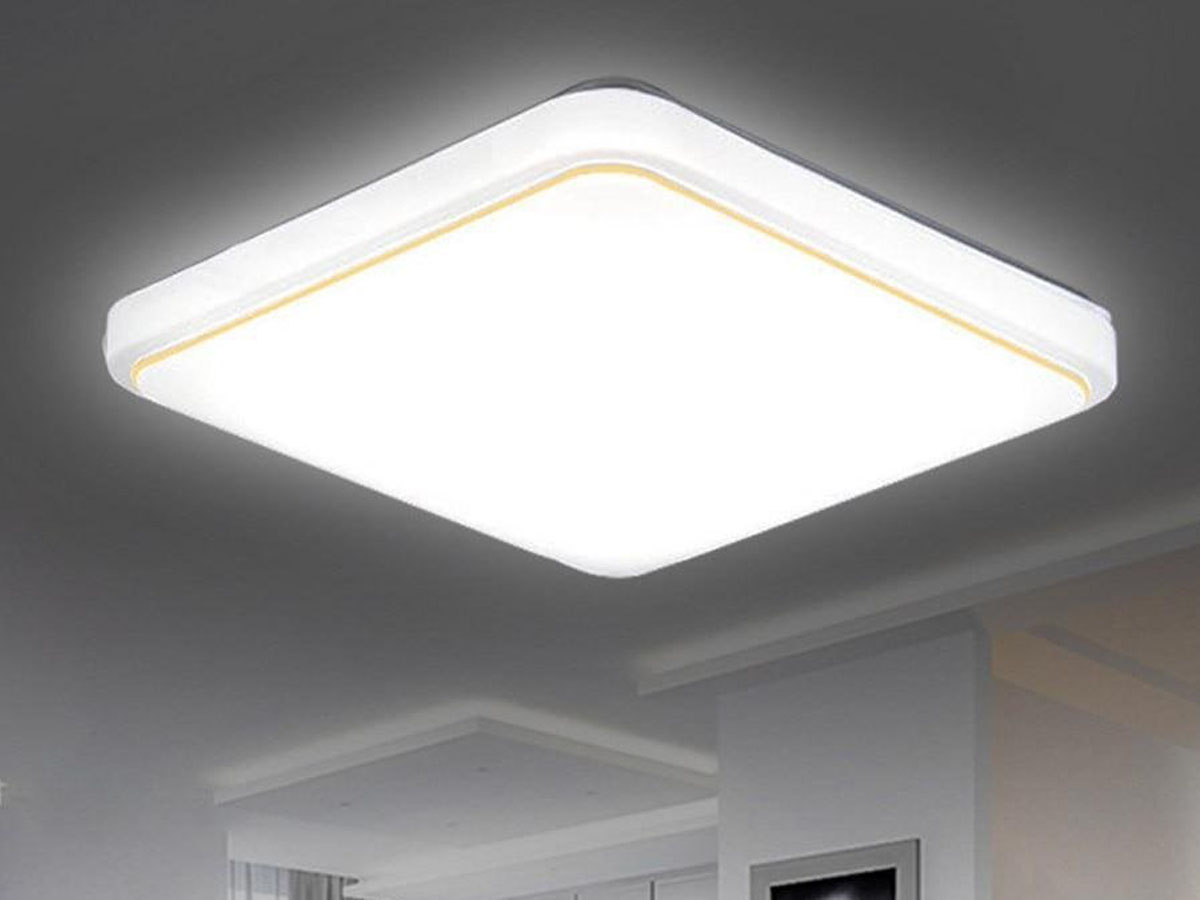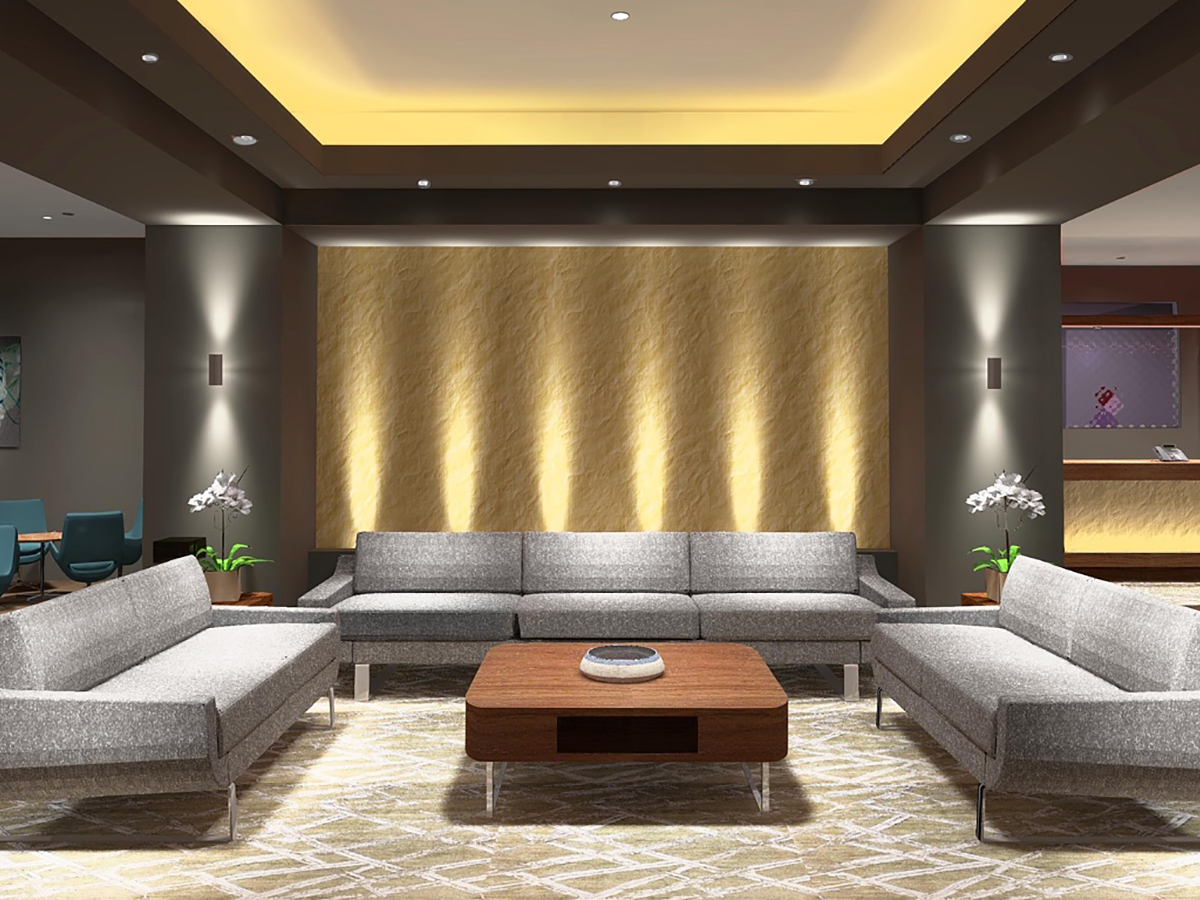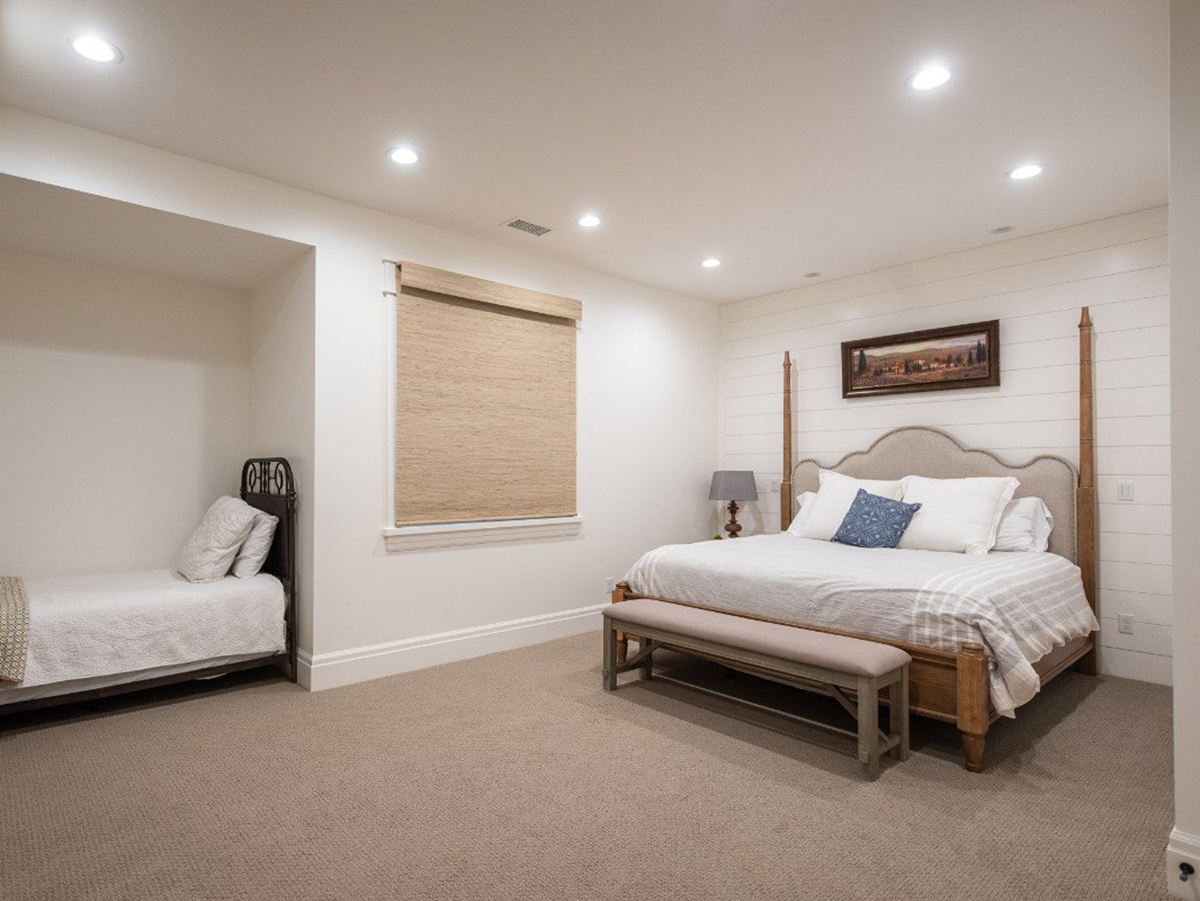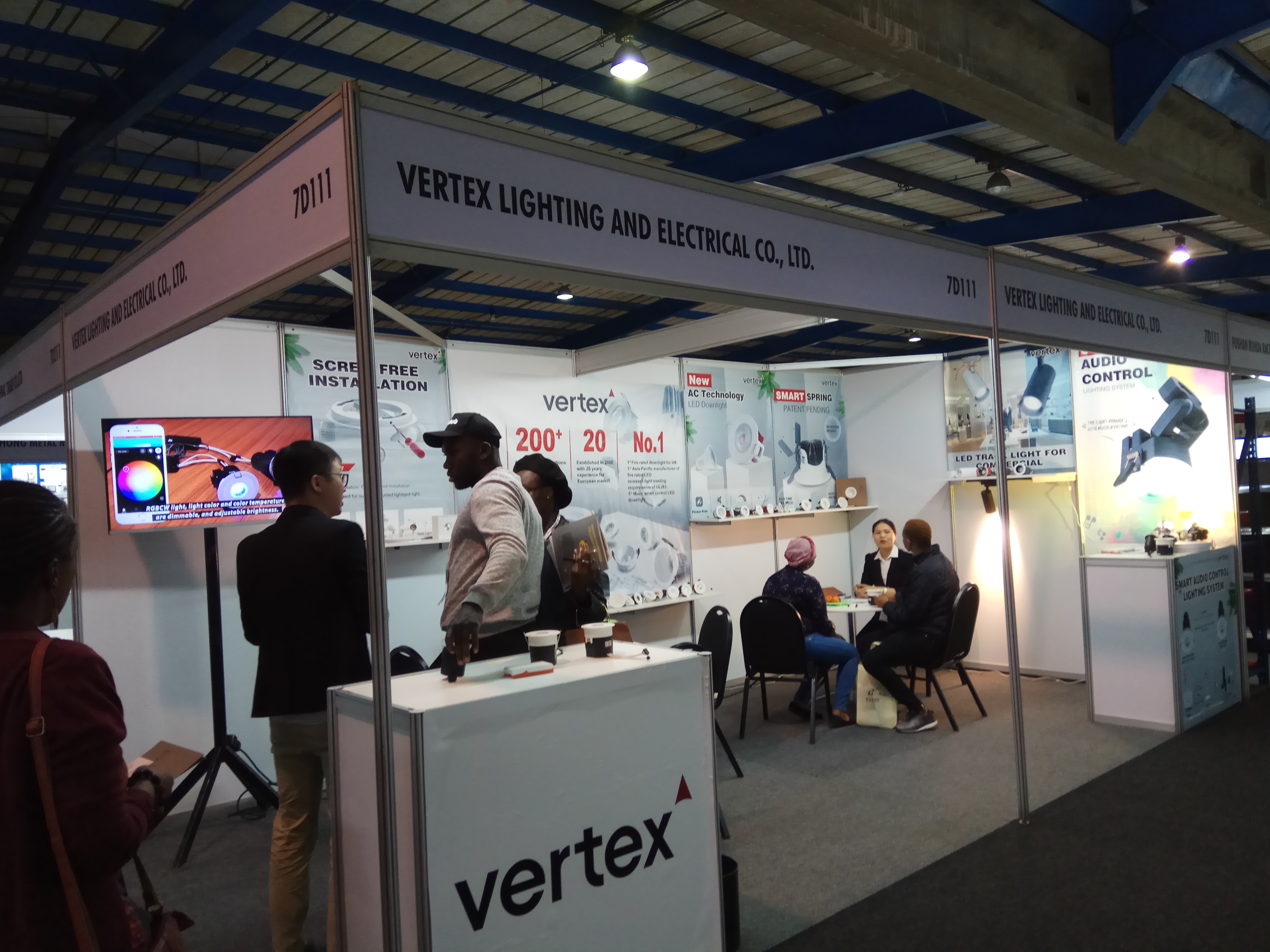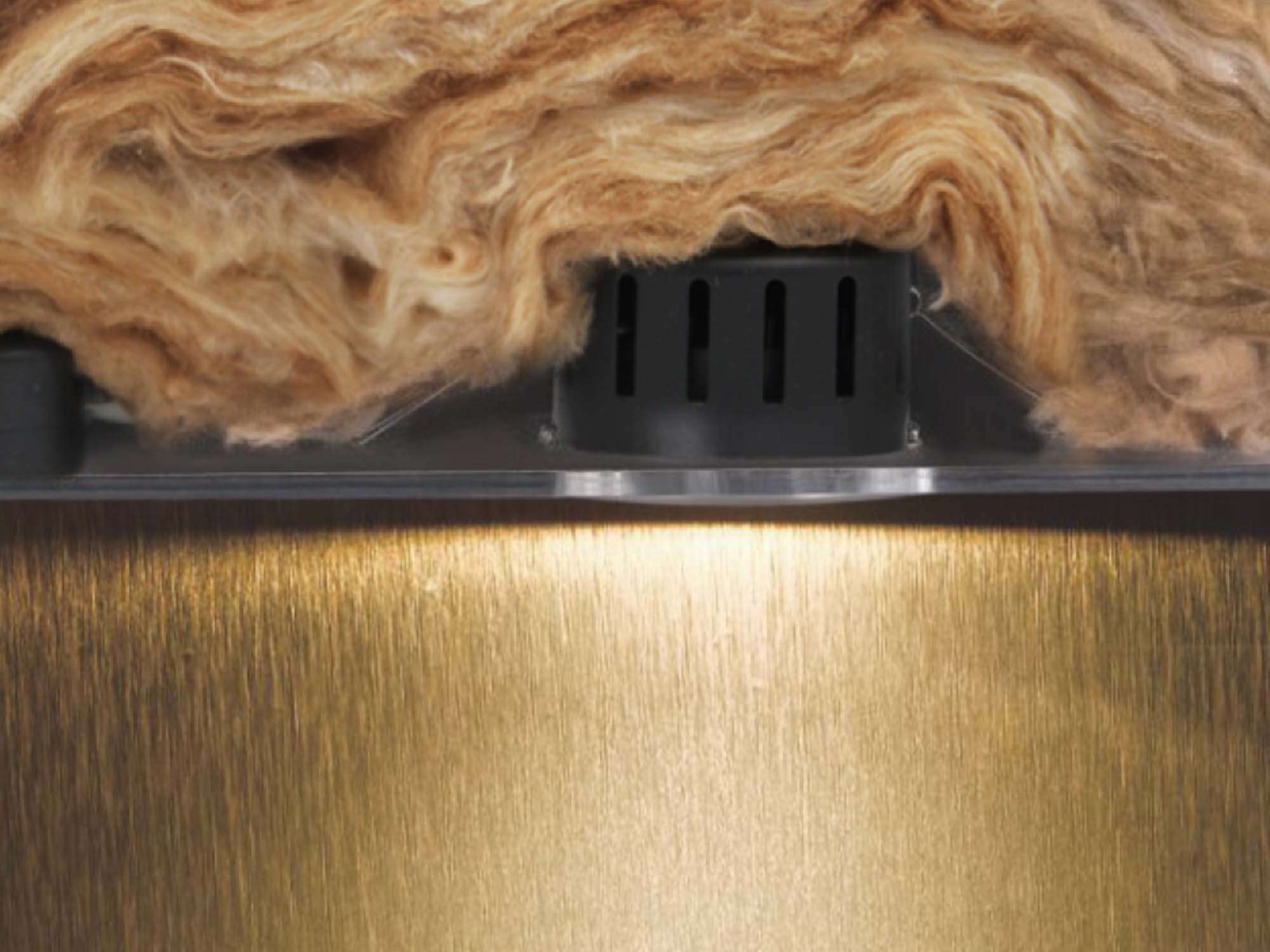As LED downlights become increasingly popular for their energy efficiency and long-lasting performance, proper maintenance has become essential to keep them functioning optimally.
Proper maintenance can help extend the life of your Led downlights lights and ensure that they continue to provide bright, energy-efficient light for years to come.
Proper maintenance can help extend the life of your Led downlights lights and ensure that they continue to provide bright, energy-efficient light for years to come.
In this article, we will discuss the proper maintenance of LED downlights to help you keep them in excellent condition.
Do Ceiling Led Downlights Need Maintenance?
The ceiling led downlights absolutely need the maintenance. Like any other electrical device, LED downlights require proper maintenance to function optimally. Proper maintenance can not only extend the life of your ceiling led downlights but also ensure that they continue to provide bright, energy-efficient light. Then, in the following section, the author would guide you how to maintain the led downlights.
Step 1: Cleaning Your LED Downlights
Cleaning your LED downlights regularly is one of the essential steps in maintaining them. The process of cleaning LED downlights is relatively straightforward and can be done quickly. The first step in cleaning LED downlights is to turn off the power to the fixture. This step is crucial to prevent any electrical shock or damage to the fixture.
Next, remove the light bulb carefully and set it aside. Use a soft, lint-free cloth to wipe the bulb and fixture gently. Avoid using harsh chemicals or abrasives, as they can damage the fixture or the bulb's surface. Once the cleaning is complete, reassemble the downlight and turn the power back on.
Next, remove the light bulb carefully and set it aside. Use a soft, lint-free cloth to wipe the bulb and fixture gently. Avoid using harsh chemicals or abrasives, as they can damage the fixture or the bulb's surface. Once the cleaning is complete, reassemble the downlight and turn the power back on.
Step 2: Checking and Replacing Bulbs
Checking LED bulbs for signs of wear and tear is an essential part of LED downlight maintenance. LED bulbs have a long lifespan, but they do wear out eventually. Signs of wear and tear may include dimming, flickering, or complete failure.
If you notice any of these signs, it's time to replace the bulb. To replace the bulb, turn off the power to the fixture, remove the bulb carefully, and replace it with a new one. Always make sure to use the right bulb type and wattage for your downlight fixture.
If you notice any of these signs, it's time to replace the bulb. To replace the bulb, turn off the power to the fixture, remove the bulb carefully, and replace it with a new one. Always make sure to use the right bulb type and wattage for your downlight fixture.
Step 3: Inspecting the Fixture and Wiring
Inspecting the fixture and wiring is another crucial step in maintaining your LED downlights. Over time, the fixture and wiring can become damaged or worn, leading to problems such as flickering or a complete failure of the fixture.
It's essential to visually inspect the fixture and wiring for any signs of damage or wear regularly. If you notice any damage, address it as soon as possible to avoid further problems.
It's essential to visually inspect the fixture and wiring for any signs of damage or wear regularly. If you notice any damage, address it as soon as possible to avoid further problems.
Step 4: Proper Placement and Usage
Proper placement and usage of LED downlights are also crucial to their longevity and optimal performance. LED downlights have specific wattage limits that should not be exceeded. Exceeding the wattage limit can cause damage to the fixture or the wiring, leading to reduced performance or even failure.
Additionally, Led ceiling downlights should be installed in appropriate locations to prevent unnecessary wear and tear. For example, avoid installing them in areas with excessive heat exposure or moisture.
Additionally, Led ceiling downlights should be installed in appropriate locations to prevent unnecessary wear and tear. For example, avoid installing them in areas with excessive heat exposure or moisture.
Conclusion
Maintaining your LED downlights is essential to keep them functioning optimally for years to come. Proper maintenance includes cleaning the downlights regularly, checking and replacing bulbs when necessary, inspecting the fixture and wiring for signs of damage, and ensuring proper placement and usage. By following these simple steps, you can help extend the life of your LED downlights and keep them performing at their best.
